Are you interested in exploring historic homes? Here are the must-see historic houses in Brandenburg:
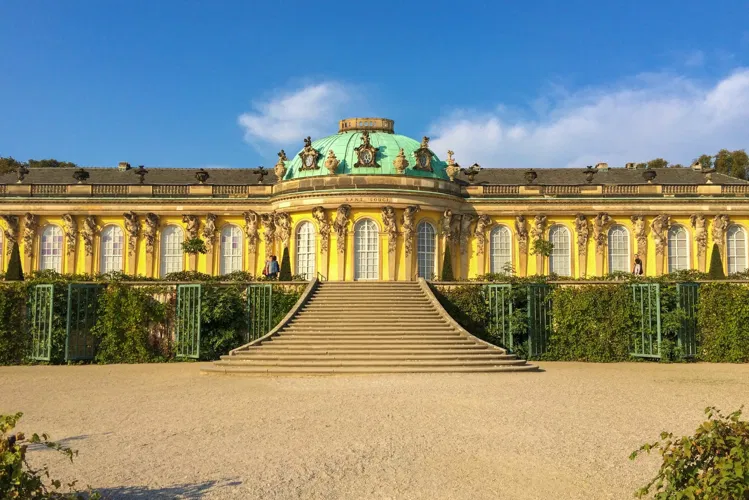
Sanssouci Palace
PotsdamSanssouci, also known as Vanangur, is a summer palace of Frederick II, King of Prussia, located in Potsdam, near Berlin. It is considered the most beautiful rococo palace in Germany and is a landmark of the city of Potsdam. The palace is listed as a UNESCO World Heritage Site and is often referred to as the German version of Versailles.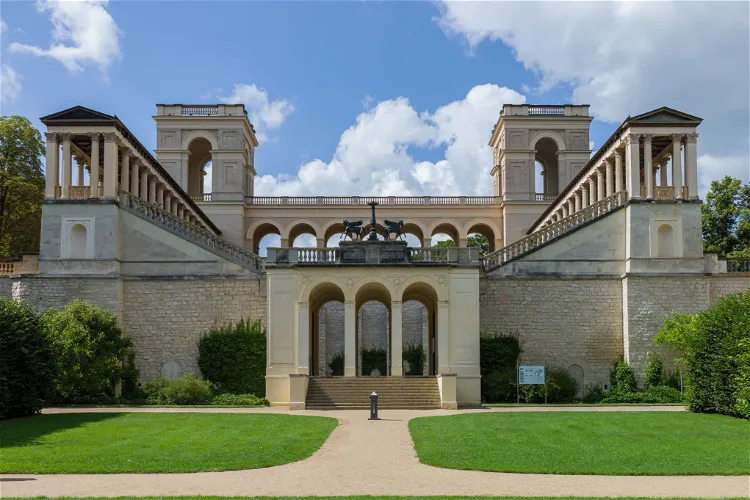
Belvedere on the Pfingstberg
PotsdamThe Belvedere on the Pfingstberg is a palace situated in Potsdam, Germany. It is located north of the New Garden, at the summit of Pfingstberg hill. This location offers a unique vantage point over the surrounding area, making it a popular spot for visitors.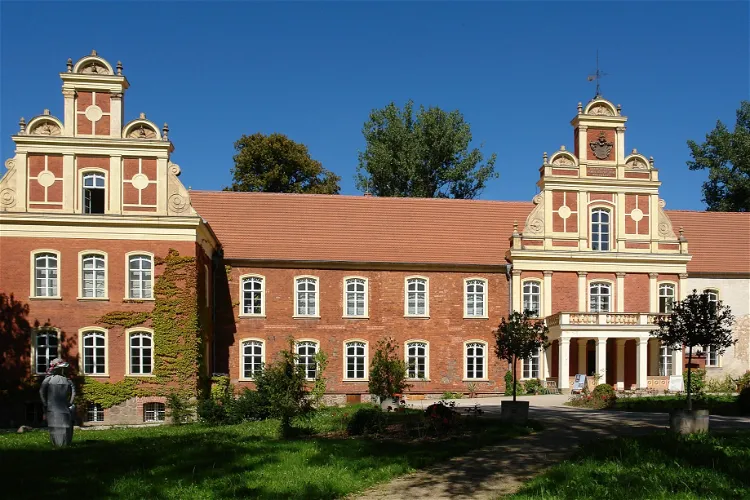
Castle Meyenburg
MeyenburgSchloss Meyenburg, located in the town of Meyenburg in Prignitz, is a former noble seat of the von Rohr family. Today, it is primarily used as a fashion museum. The castle has a rich history dating back to the 14th century when it was owned by the von Rohr family. It remained in their possession until 1945. The building itself is a two-story brick structure with two wings, shaped like an 'L'. It incorporates parts of the medieval city fortification of Meyenburg and dates back to the 15th century, with the rest of the building dating back to the 16th century.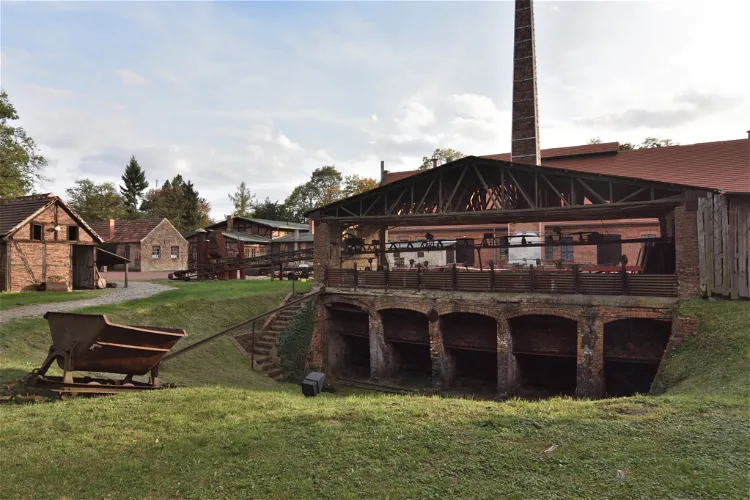
Museumsdorf Glashütte
Baruth/MarkThe Museumsdorf Baruther Glashütte is a technical monument that offers a unique insight into the social and technical history of the old glassmaker's village. Visitors can learn about the craft of glassmaking from a glassmaker and explore an exhibition about Reinhold Burger, the inventor of the thermos flask. The museum is located in the south of the Teltow-Fläming district in Brandenburg.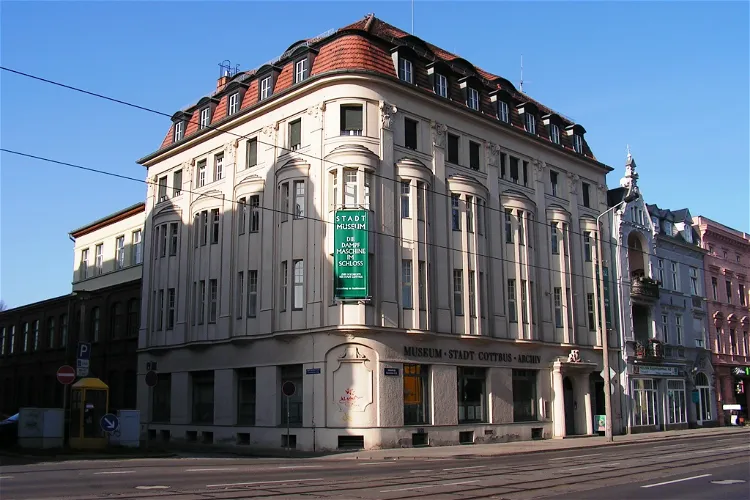
Stadtmuseum Cottbus
CottbusThe Stadtmuseum and -archiv Cottbus, also known as Měsćański muzej a archiw Chóśebuz in Lower Sorbian, is the municipal archive of the city of Cottbus in Brandenburg. It is located in Bahnhofstraße in the Mitte district. This museum and archive serves as a repository for the city's historical documents and also hosts exhibitions on the city's history.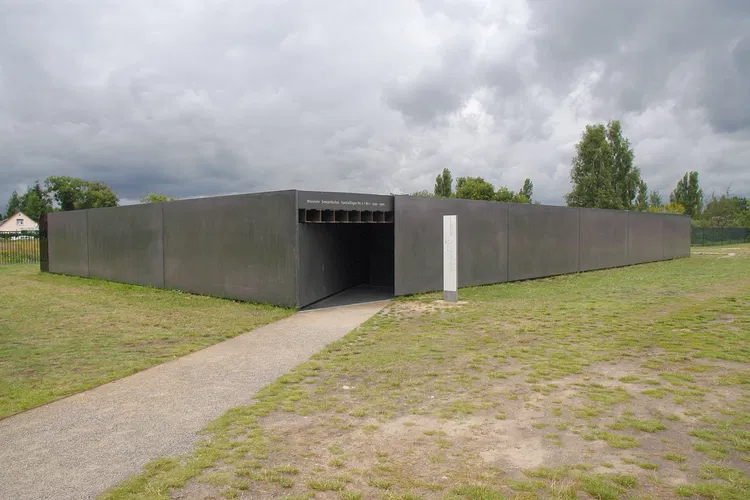
NKVD special camp Nr. 7
OranienburgPresently, the Sachsenhausen Memorial and Museum stands on the site of the former Sachsenhausen Special Camp. The institution serves as a place of remembrance and learning, as well as a modern museum of contemporary history. It follows a decentralized approach, aiming to make history tangible to visitors at the authentic locations where it unfolded.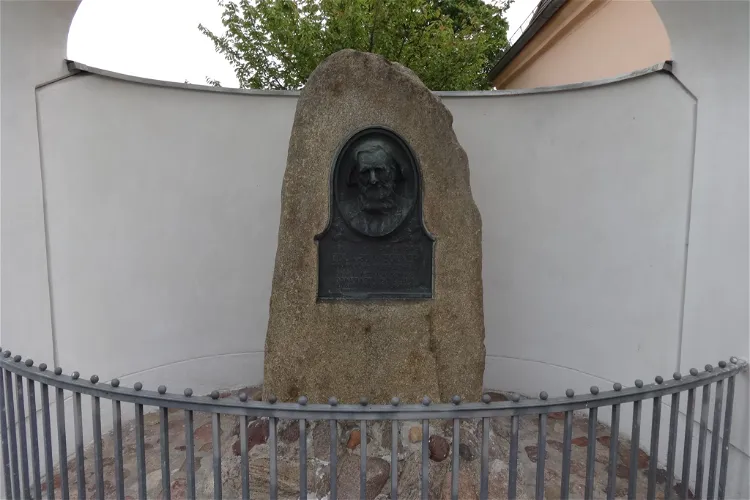
Webermuseum Kloster Zinna
JüterbogBetween 1996 and 1998, the building was transformed into the Weber Museum, which was officially opened to the public on May 1, 1998. In 2002, the museum was renamed as the WebHaus. The museum showcases the history of the monastery and the rise and fall of the weaving industry.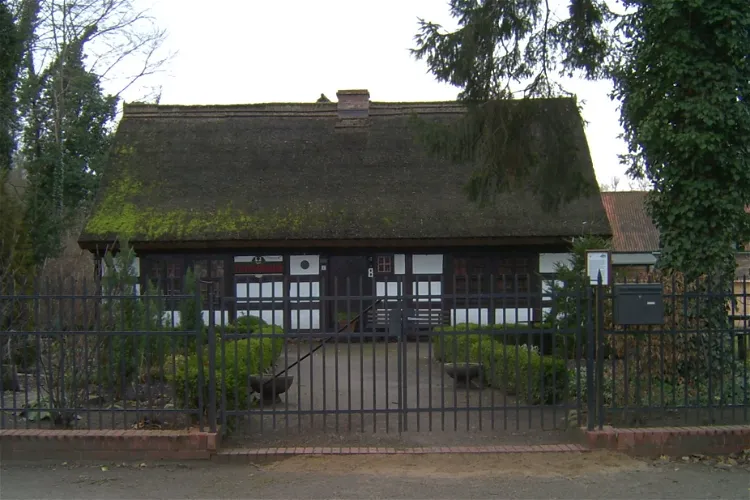
Heimathaus Schöneiche
Schöneiche bei BerlinThe Heimathaus Schöneiche is a significant monument and the oldest preserved residential building in Schöneiche bei Berlin. It is located in the quaint area of Kleinschönebeck, specifically at Dorfaue 8. This historical site offers a glimpse into the architectural and residential history of the region, making it a point of interest for those keen on exploring the past.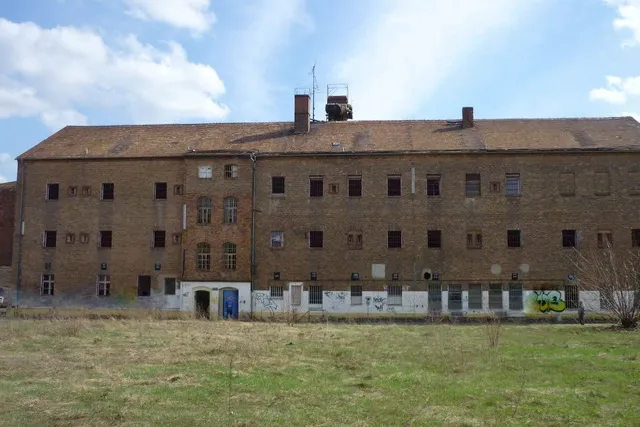
Gedenkstätte Zuchthaus Cottbus
CottbusThe Gedenkstätte Zuchthaus Cottbus, a former prison in Cottbus, is a significant historical site. It was opened in 1860 after three years of construction. This site offers a unique insight into the history of the region and the country's penal system.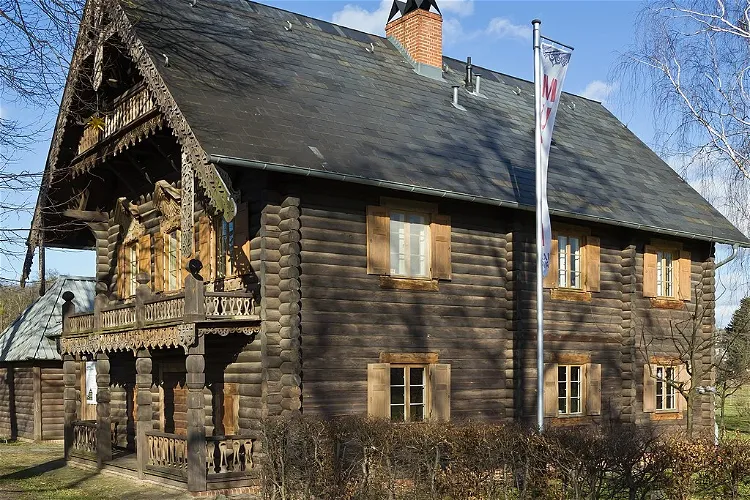
Museum Alexandrowka
PotsdamMuseum Alexandrowka is situated in House No. 2 of the Russian Colony Alexandrowka in Potsdam. This location is significant as it is part of the Potsdam World Heritage site. The museum is housed in a building that is a monument of architectural and cultural history dating back to 1826.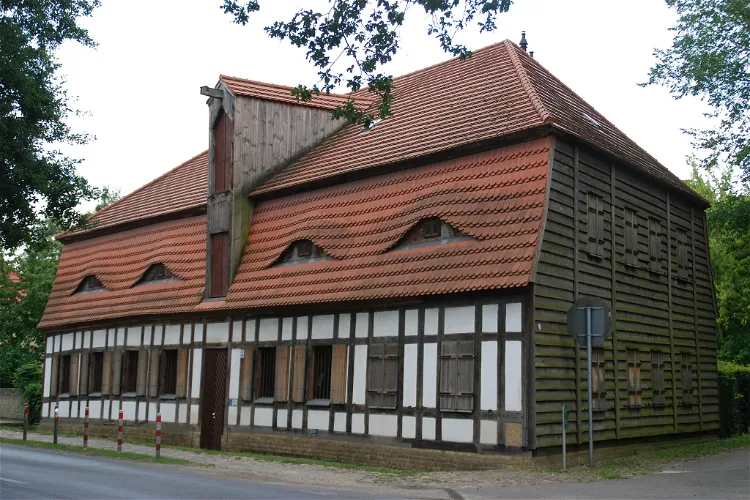
Raufutterspeicher
Schöneiche bei BerlinThe Raufutterspeicher Schöneiche is a baroque-style half-timbered house with three floors: ground, upper, and attic (mansard roof). The upper part of the roof is covered with slate, while the lower part is covered with beaver tails. The grain was stored on the upper floor and transported up via a lift, and down via a chute, which is still preserved. This architectural design provides a glimpse into the historical agricultural practices of the region.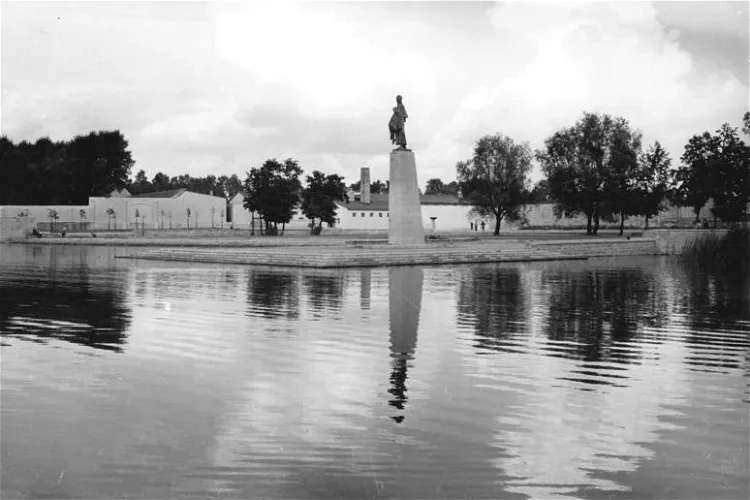
Mahn- und Gedenkstätte Ravensbrück
Fürstenberg/HavelThe Ravensbrück Memorial and Museum is a significant historical site located in the city of Fürstenberg/Havel. It serves as a memorial for the victims of several Nazi concentration camps, including Ravensbrück and neighboring camps. The site was part of the SS forced labor system during World War II.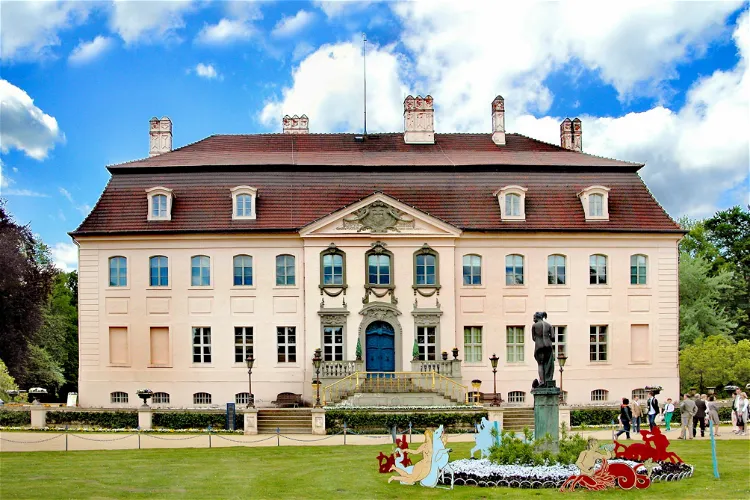
Branitz Palace - Stiftung Fürst-Pückler-Museum
CottbusBranitz Palace, located in Cottbus, Brandenburg, is a baroque palace featuring interiors designed by Prince Hermann von Pückler-Muskau. The palace was constructed in the 1770s, and most of its furnishings date back to around 1860. This historical site offers visitors a glimpse into the past, showcasing the architectural and interior design styles of the period.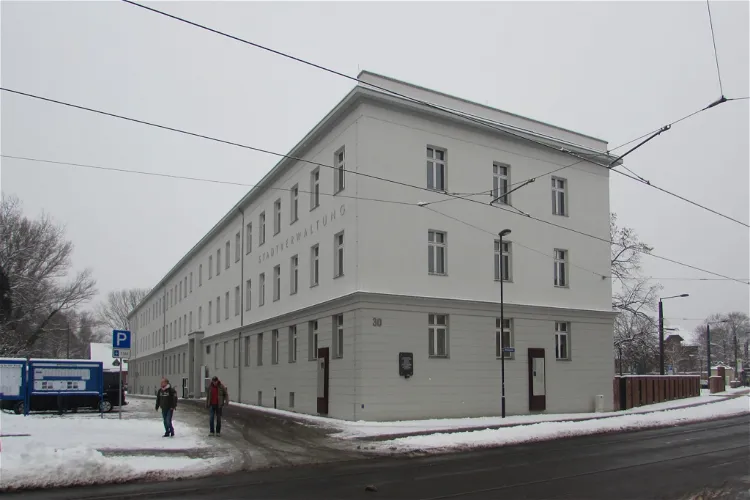
Brandenburg Euthanasia Centre
Brandenburg an der HavelThe Brandenburg Euthanasia Centre, also known as the Brandenburg an der Havel State Welfare Institute, was established in 1939. It was part of the Nazi euthanasia programme, which was later referred to as 'Aktion T4' after the war. This historical site provides a glimpse into a dark chapter of human history, where nearly 10,000 people, primarily those with mental and physical disabilities, were murdered.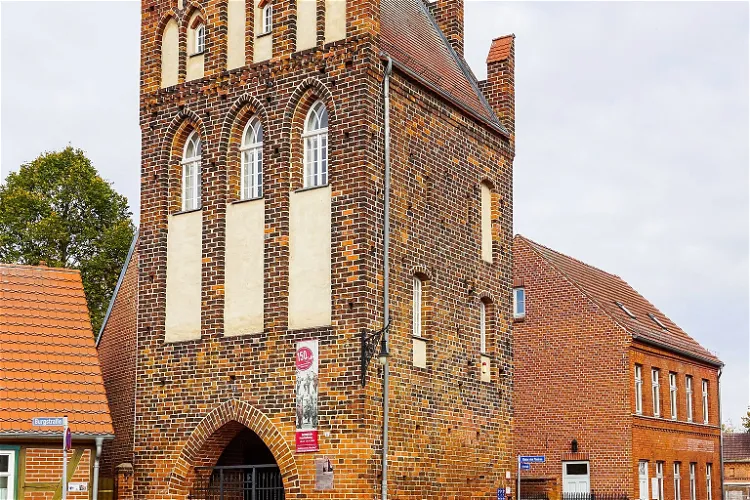
Steintorturm
WittenbergeThe Steintor, one of the landmarks of Wittenberge in the Brandenburg Prignitz, is a significant historical site that offers a glimpse into the city's past. Its imposing structure and historical significance make it a point of interest for tourists visiting the area.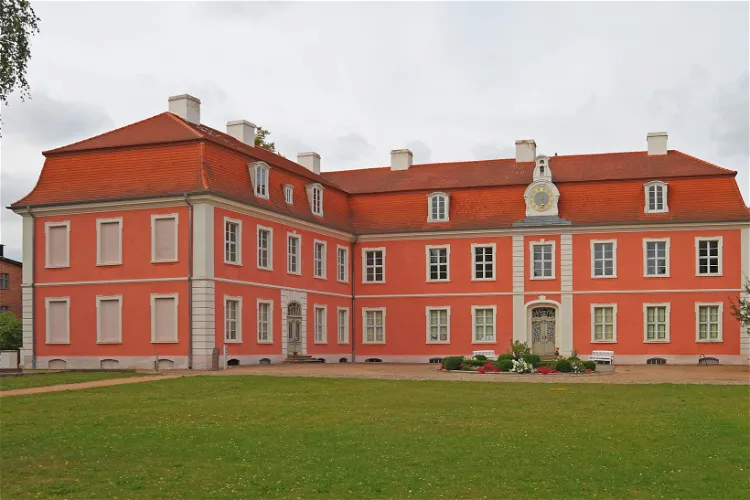
Schloss Museum Wolfshagen
Groß Pankow (Prignitz)Schloss Wolfshagen is situated in the district of the same name, within the municipality of Groß Pankow. It is approximately eight kilometers west of Pritzwalk in the northwest of Brandenburg. The castle is located on the Stepenitz, about four kilometers away from the B 189.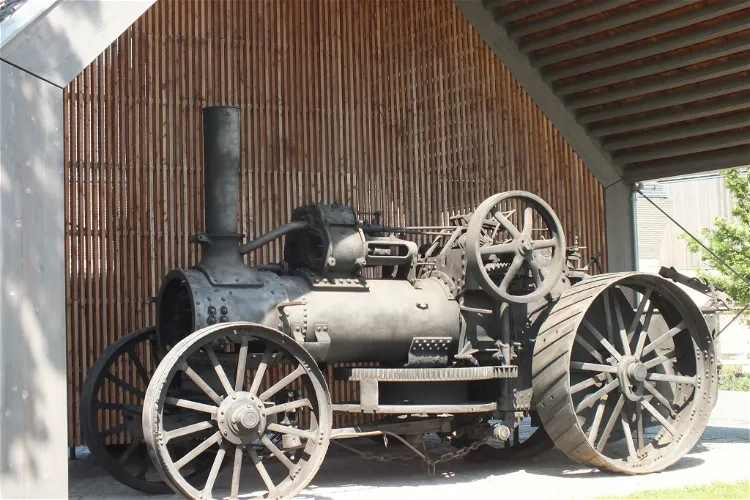
Barnim Panorama
WandlitzThe Barnim Panorama, located in Wandlitz, serves as both an agricultural museum and a visitor center for the Barnim Nature Park. It was established in September 2013, combining the Agrarmuseum Wandlitz and the Naturparkzentrum Barnim. The museum houses the largest collection of agricultural history in Brandenburg, providing insights into the two-hundred-year history of Brandenburg's agriculture.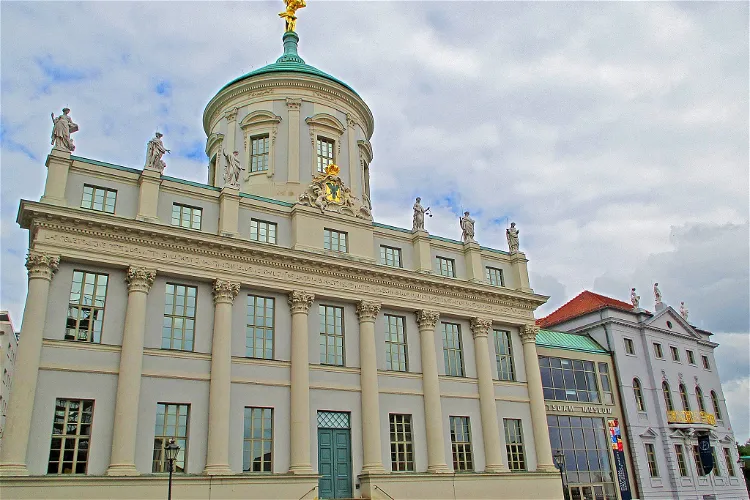
Potsdam Museum
PotsdamThe Potsdam Museum, established in the early 20th century, is home to an impressive collection of over 250,000 objects. This makes it one of the largest repositories of art, culture, and regional history in the state of Brandenburg. The museum's collection reflects the civic engagement and collecting passion of its founders, offering a rich and diverse insight into the region's past.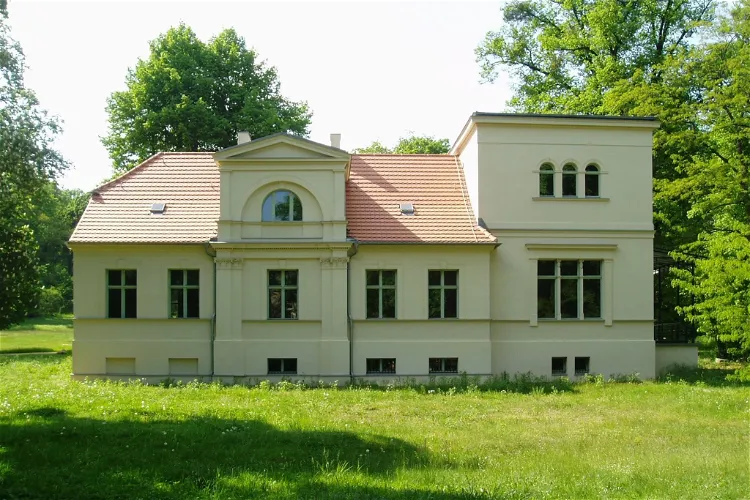
Lepsius House Potsdam
PotsdamThe Lepsius House in Potsdam is a research and meeting place that was opened in 2011. It is located in the former villa of the Protestant theologian and human rights activist Johannes Lepsius (1858–1926). This historical site offers a unique insight into the life and work of Johannes Lepsius, making it a significant location for those interested in history and human rights.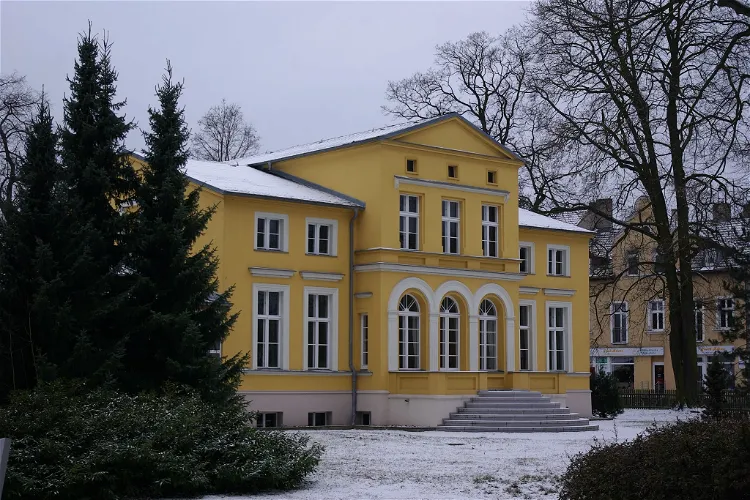
Gerhart-Hauptmann-Museum
ErknerThe Gerhart-Hauptmann-Museum in Erkner serves as a memorial to the renowned poet and Nobel laureate in Literature, Gerhart Hauptmann. The museum is located in Villa Lassen, where Hauptmann lived with his wife Marie from 1885 to 1889. This historical residence is a significant part of Hauptmann's life and provides a unique insight into his personal and professional journey.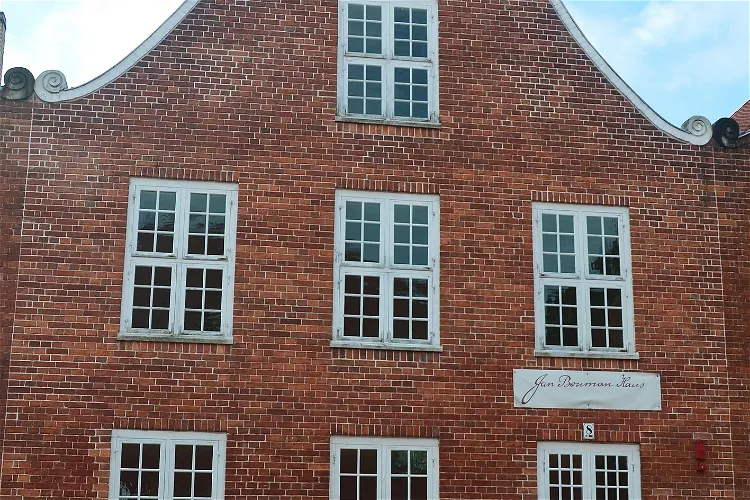
Jan Bouman Haus
PotsdamThe Jan Bouman Haus is a museum situated in the Dutch Quarter of Potsdam, at Mittelstraße 8. It is named after Jan Bouman, the royal Prussian director of construction and the master builder of the quarter. This museum is a significant part of the Dutch Quarter, offering visitors a glimpse into the history and architecture of the area.
Museum Utopie und Alltag
EisenhüttenstadtThe Documentation Centre for Everyday Culture of the GDR in Eisenhüttenstadt is a museum that focuses on the cultural, social, and everyday history, as well as the living and everyday culture in the GDR. It provides a unique insight into the life and times of the GDR, making it a fascinating destination for those interested in history and culture.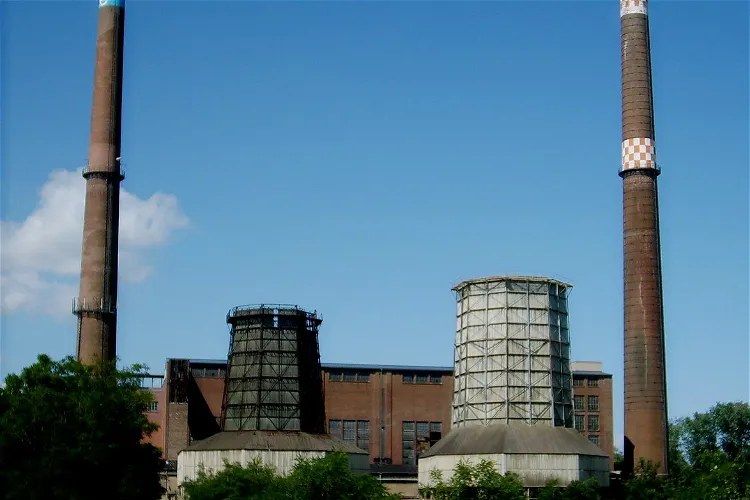
Kraftwerk Plessa
DöllingenThe Kraftwerk Plessa is a significant industrial monument situated in the municipality of Plessa in the Elbe-Elster district. It holds the distinction of being one of the oldest lignite power plants in Europe that has been preserved in its original structure. This makes it a unique destination for tourists interested in industrial history and architecture.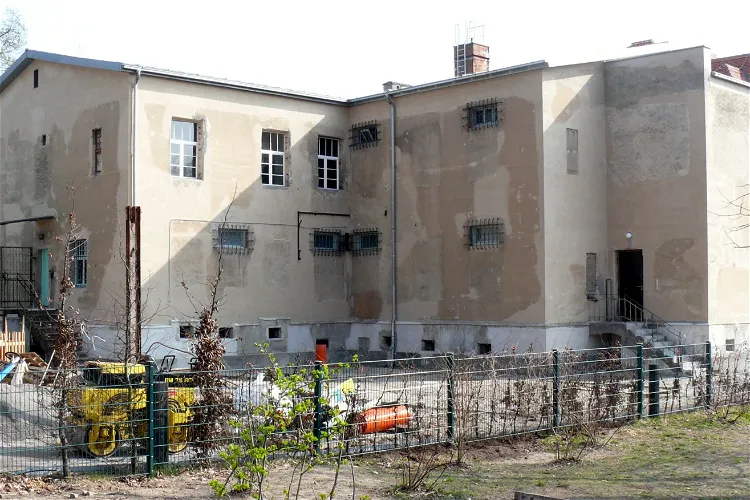
KGB Prison, Potsdam
PotsdamThe KGB Prison remained operational until the dissolution of the KGB in 1991. Post this, it was used as a warehouse. In 1994, following the withdrawal of the Soviet/Russian troops from Germany, the prison was returned to the Evangelical Church Aid Association.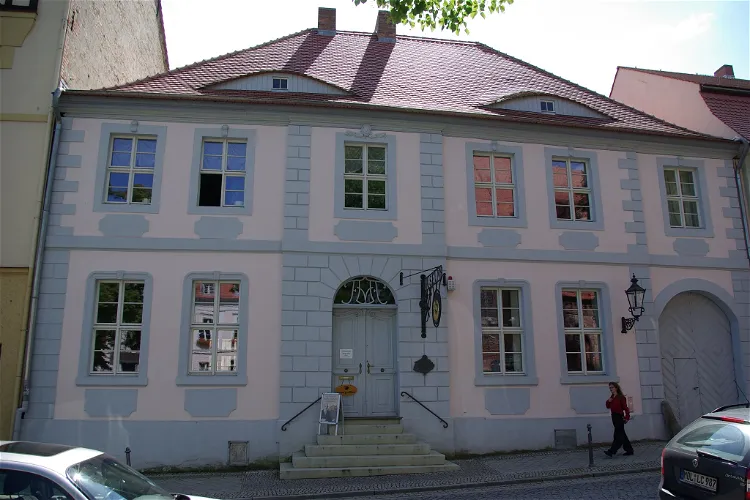
Oderlandmuseum
Bad Freienwalde (Oder)The Oderlandmuseum, located in Bad Freienwalde (Oder) in the Märkisch-Oderland district, is one of the oldest museums in Brandenburg, having been established in 1889. This historical significance adds to the cultural richness of the region and provides a deep insight into its past.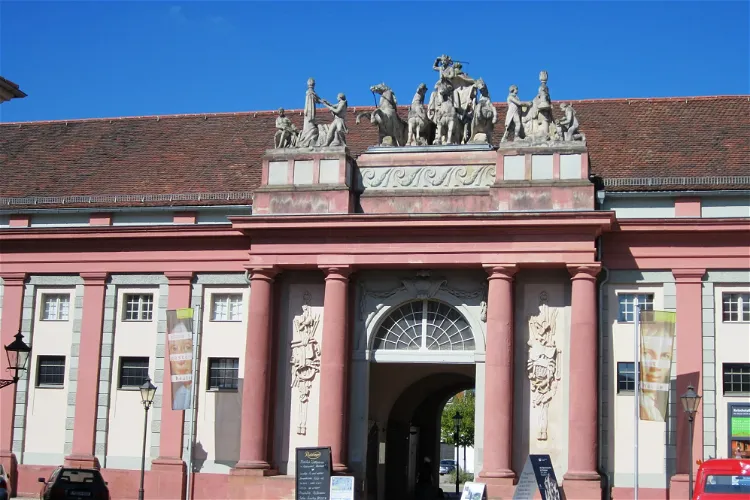
House of Brandenburg-Prussian History
PotsdamThe House of Brandenburg-Prussian History (HBPG) is a museum that offers a unique insight into the history of Brandenburg and Prussia. It is located at the New Market in Potsdam, in a building that was once a coach horse stable. This location adds a historical charm to the museum, making it an interesting place to visit for those interested in history and architecture.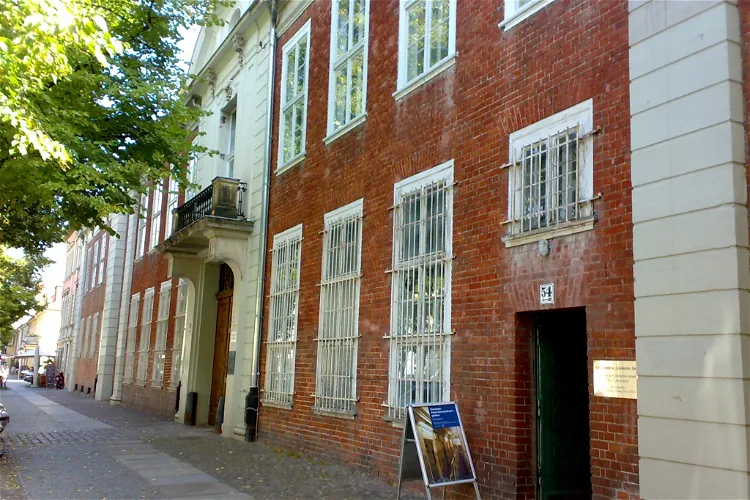
Gedenkstätte "Lindenstr. 54/55"
PotsdamThe Lindenstraße 54/55 memorial in Potsdam is a significant site that commemorates the political persecution that took place during both German dictatorships. The building, colloquially known as the "Lindenhotel", served as a detention center for political prisoners during the Nazi era. After the war, it was taken over by the Soviet secret service NKWD / MGB and later the Stasi of the GDR, continuing its function as a detention center.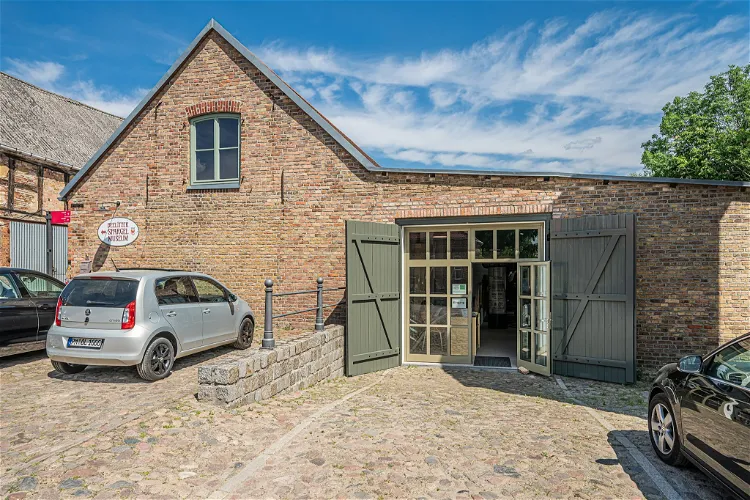
Spargelmuseum
BeelitzThe Spargelmuseum Beelitz is situated in the historic old town of Beelitz, specifically in Mauerstraße. This location is steeped in history and provides a unique backdrop for the museum. Visitors can immerse themselves in the rich history of the area while learning about the cultivation and significance of asparagus.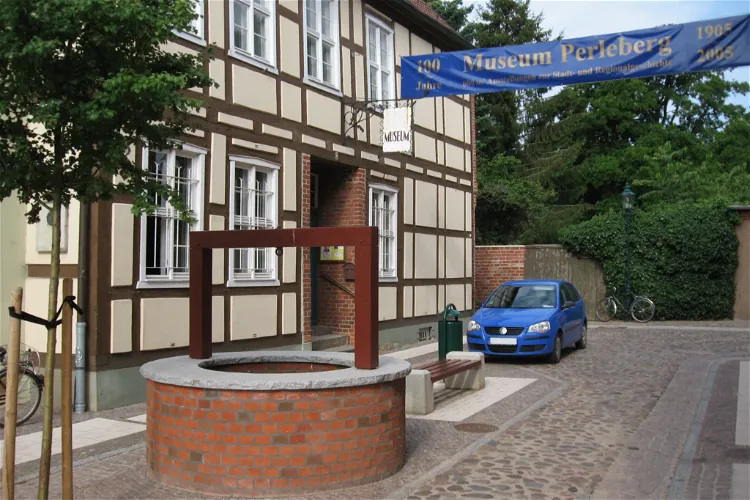
Urban and Regional Museum
PerlebergThe Urban and Regional Museum Perleberg, which was inaugurated in 1905, is a significant cultural institution in the city. The museum's collection primarily focuses on the city history of Perleberg, prehistory and early history, and rural life. This provides visitors with a comprehensive understanding of the region's past and its evolution over the centuries.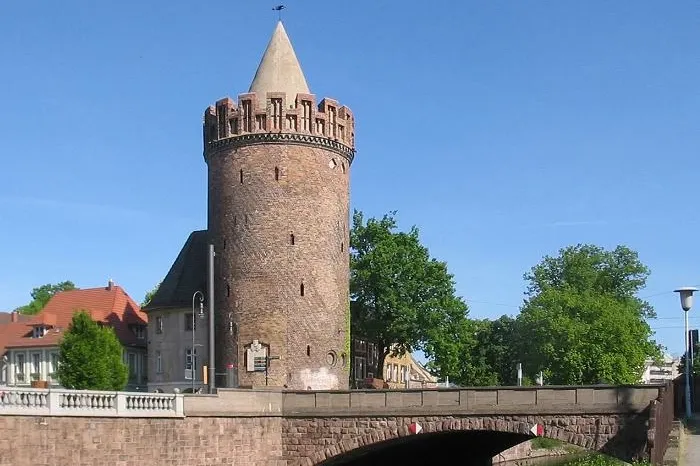
Steintorturm
Brandenburg an der HavelThe Steintorturm is a significant historical structure in Brandenburg an der Havel. It stands as one of the four remaining gate towers of the two cities of Brandenburg, out of the original eight. This tower is part of the medieval fortification system that once consisted of ten gates, making it a key part of the city's historical defense system.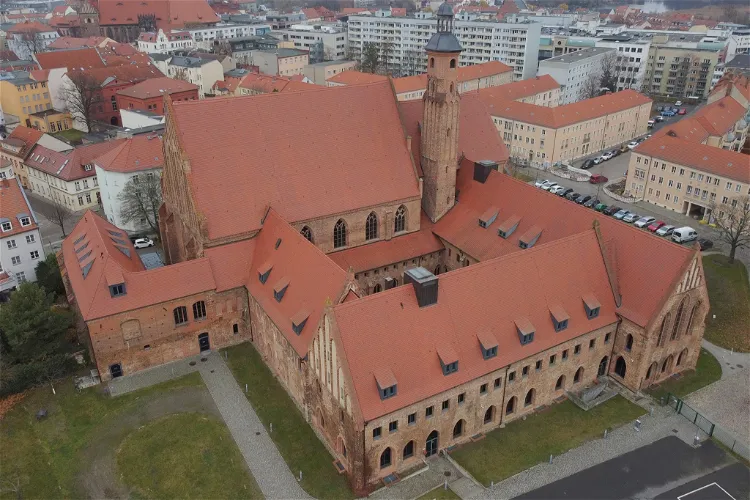
Brandenburg State Archaeology Museum
Brandenburg an der HavelThe Brandenburg State Archaeology Museum is housed in the former St. Pauli Monastery, a historical building dating back to the 13th century. This location adds a layer of historical significance to the museum, as visitors can appreciate the archaeological exhibits within the context of a centuries-old monastery. The building itself is a testament to the region's rich history, providing a unique backdrop for the museum's extensive collection.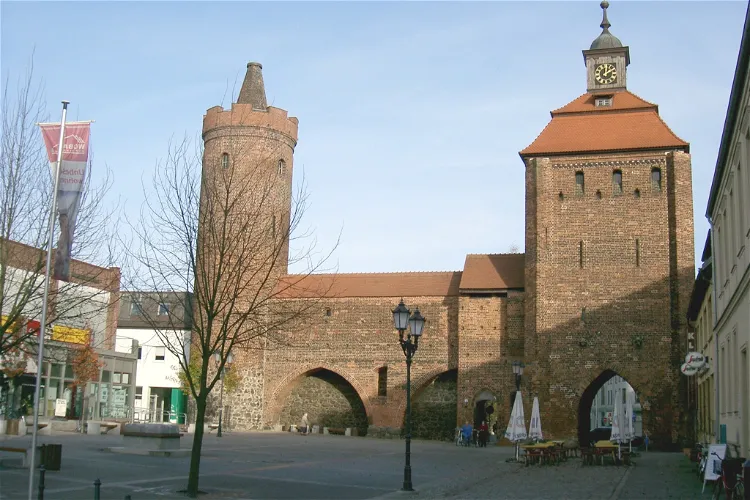
Steintor -Heimatmuseum Bernau
BernauThe Steintor, located in Bernau near Berlin, is a significant historical monument. It is the only remaining one of the three city gates that were originally built. Constructed in the late Gothic style from brick in the second half of the 15th century, it stands as a testament to the architectural prowess of the time.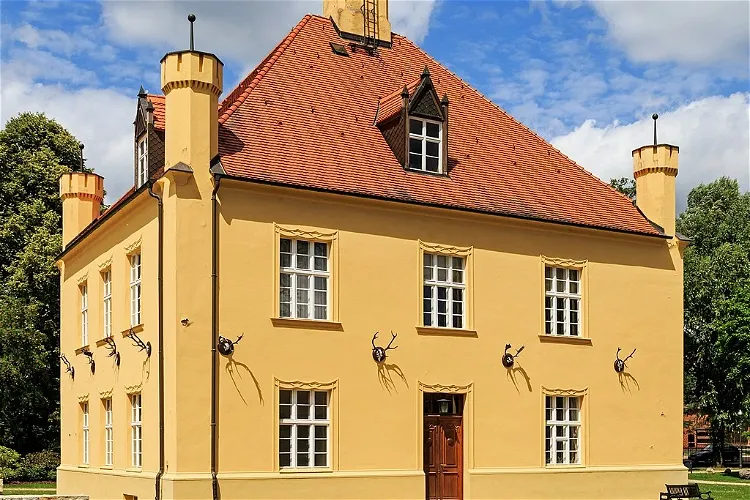
Hunting lodge Gross Schoenebeck
Groß SchönebeckThe construction of the hunting lodge Gross Schoenebeck, which is in the early Baroque style, was initiated by the Great Elector in 1660. This was done in place of a destroyed castle. The construction was only completed under the reign of King Friedrich Wilhelm I. The lodge was originally surrounded by a moat, adding to its historical charm.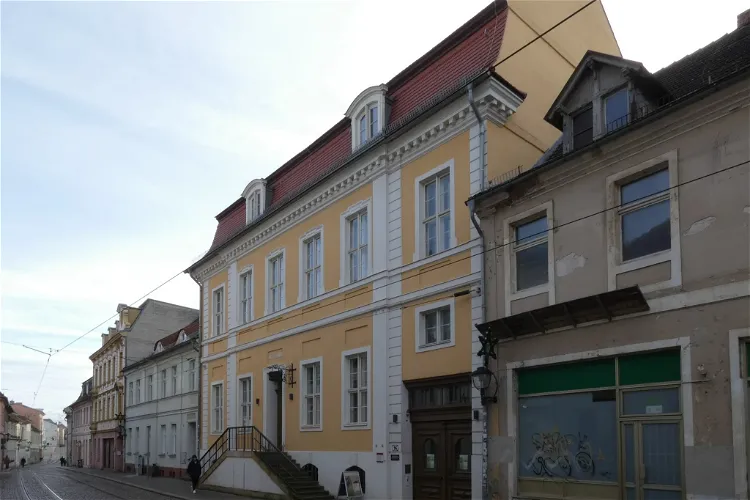
Museum im Frey-Haus
Brandenburg an der HavelThe Frey-Haus is a significant part of the City Museum Brandenburg an der Havel, which is spread across three locations. This particular site is conveniently located in Brandenburg an der Havel on Ritterstraße 96, making it easily accessible for tourists.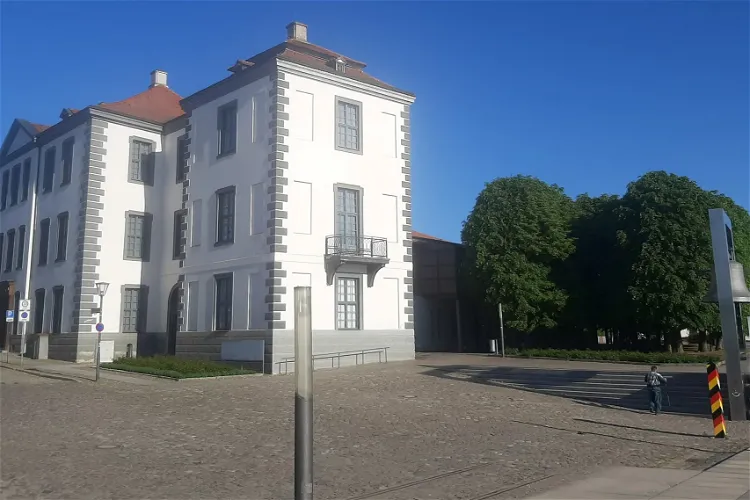
Museum Viadrina
Frankfurt (Oder)The Städtische Museum Viadrina, located in Frankfurt (Oder), is the largest cultural-historical museum in East Brandenburg. It is dedicated to the history of the city and the East Brandenburg region, offering permanent and special exhibitions that provide a deep insight into the area's past. The museum is housed in the Junkerhaus, a significant baroque architectural monument.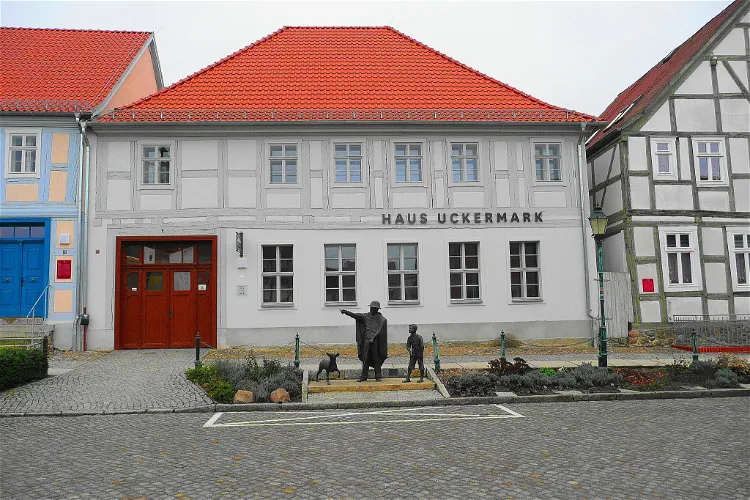
Museum Angermünde
AngermündeThe Museum Angermünde, located in the city of Angermünde, Brandenburg, Germany, serves as the Ehm Welk and local history museum. It offers a unique blend of contemporary history, archaeological finds, and literary history through creative concepts. The museum is an integral part of the city's historical core, providing visitors with a glimpse into the past and the rich cultural heritage of the region.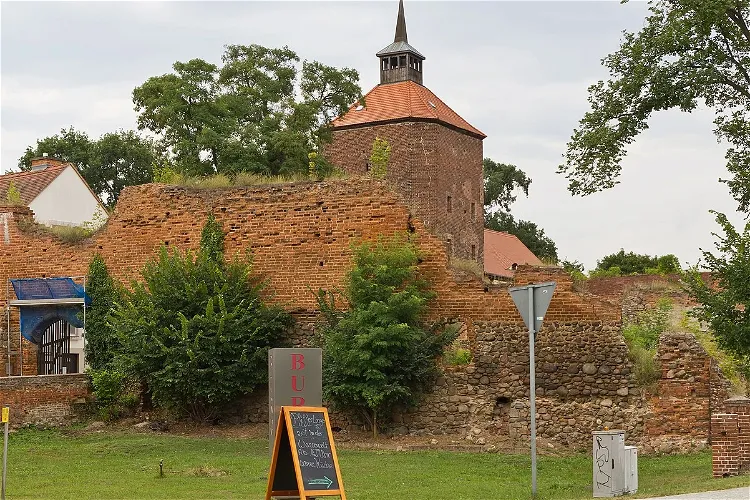
Burg Beeskow
BeeskowBurg Beeskow is not just a historical site, but also a cultural hub. It houses a regional museum that showcases historical, ethnographic, and ecological themes of the Beeskow-Storkow region. Additionally, it features a medieval magazine with a torture cellar. The castle also hosts changing exhibitions, primarily focusing on the art of the German Democratic Republic.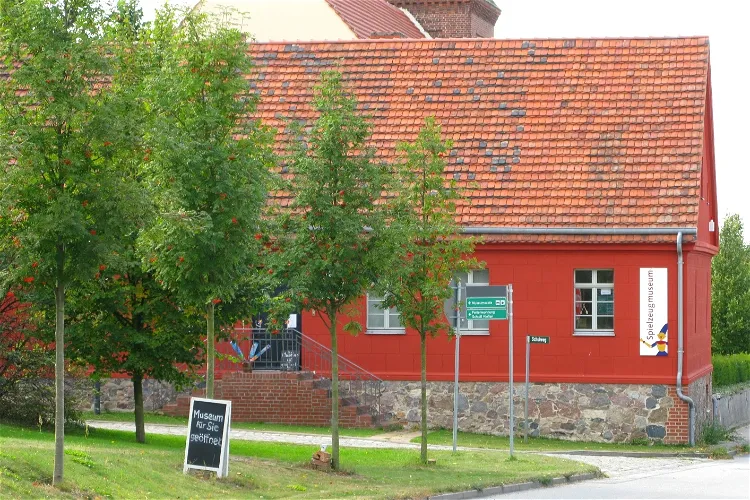
Spielzeugmuseum im Havelland
RhinowThe Spielzeugmuseum im Havelland, situated in Kleßen, a district of Kleßen-Görne, is a unique museum that displays a wide range of historical toys. These exhibits not only provide a glimpse into the past but also highlight the global influence of the German toy industry. The museum is a testament to the creativity and craftsmanship that went into the creation of these toys, making it a fascinating destination for both children and adults.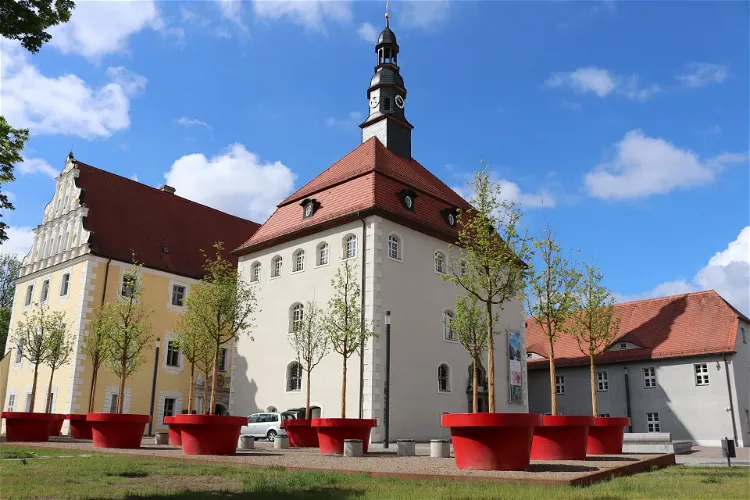
Museum Schloss Lübben
Lübben (Spreewald)The Museum Schloss Lübben is a city and regional museum that is situated in the castle of Lübben, in the Brandenburg district town of Lübben (Spreewald). The museum is under the municipal ownership of the city of Lübben, making it a significant cultural and historical site for the region.
Oranienburg Palace
OranienburgOranienburg Palace, situated in the town of Oranienburg in Germany, holds the distinction of being the oldest Baroque Schloss in the Margraviate of Brandenburg. This historical monument was constructed between 1651 and 1655 by Louise Henriette of Orange-Nassau, the first wife of Frederick William, Elector of Brandenburg. The palace's architecture, designed by Johann Gregor Memhardt, reflects the Dutch classicism of the time, with a vertical orientation and turrets on the side wings.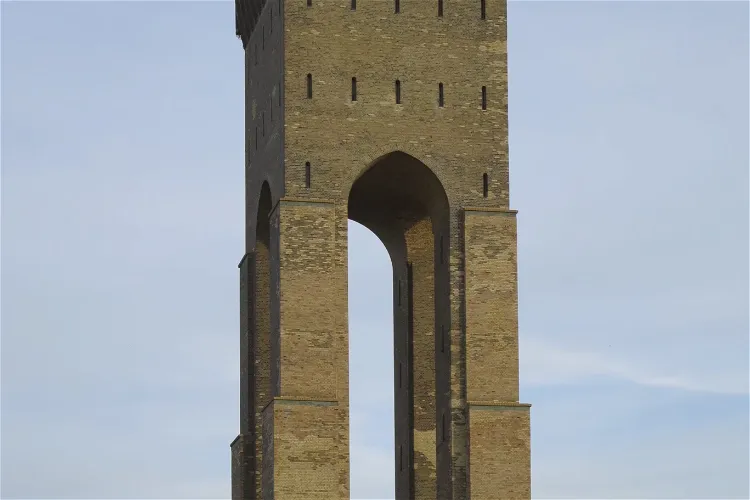
Finower Wasserturm
EberswaldeConstructed at the beginning of the 20th century, the Finower Wasserturm was initially built to supply water to the brass works. However, after the factory was shut down in 1960, the water tower was also taken out of operation in 1964. This historical event marks a significant shift in the region's industrial activities.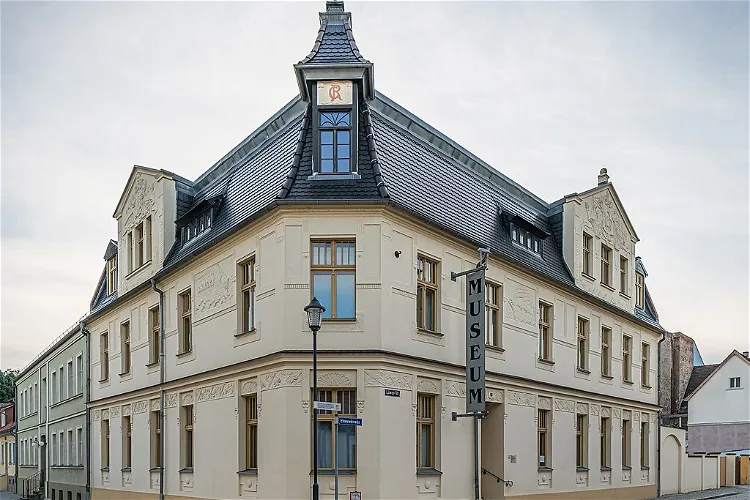
Städtischen Museum Eisenhüttenstadt
EisenhüttenstadtThe Städtische Museum Eisenhüttenstadt, established in 1980, is a multi-faceted institution with three distinct locations. These locations offer a comprehensive view of Eisenhüttenstadt's city history, an art gallery featuring works from the German Democratic Republic (GDR), and a fire brigade and technology museum. This diversity provides visitors with a broad understanding of the city's past, its artistic heritage, and its technological advancements.
Bauernmuseum Schlepzig
SchlepzigThe Bauernmuseum Schlepzig is a museum located in Schlepzig, Brandenburg, dedicated to the history of agriculture in the Spreewald region. It provides a comprehensive insight into the agricultural practices and lifestyle of the Spreewald farmers during the 19th and 20th centuries.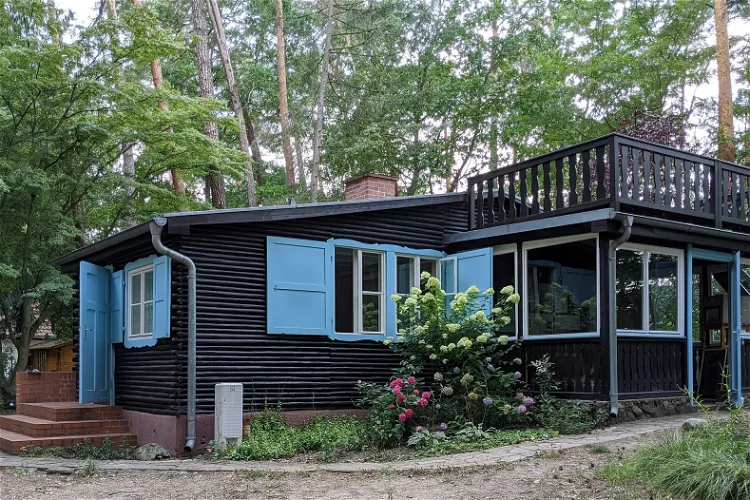
John-Heartfield-Haus Waldsieversdorf
WaldsieversdorfThe John-Heartfield-Haus Waldsieversdorf, located in the Märkische Schweiz, served as the summer house of John Heartfield. He moved into this house in 1957, and it has since been transformed into a meeting and memorial site. This historical site offers a glimpse into the life of the renowned artist and his significant contributions to the world of art.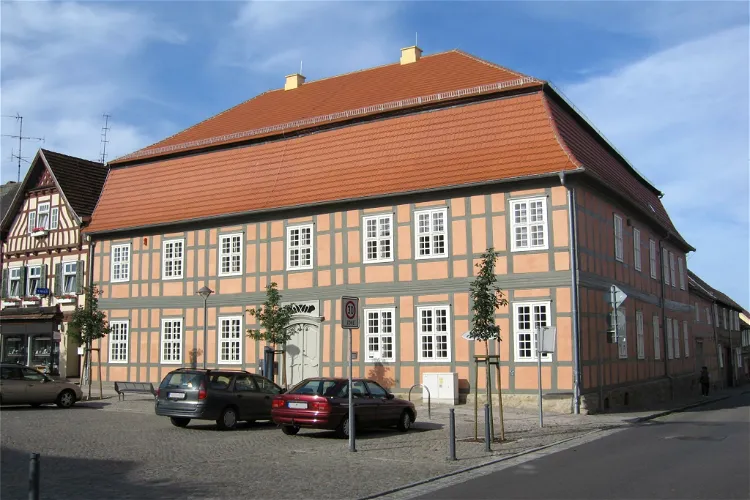
Wegemuseum Wusterhausen
Wusterhausen/DosseThe Wegemuseum Wusterhausen, located in the northwest of Brandenburg, is a specialized and regional museum. It offers a unique focus on historical paths from various epochs. The museum's exhibits range from the invention of the wheel in the Bronze Age to the transit traffic in divided Germany, providing a comprehensive overview of the evolution of transportation and communication.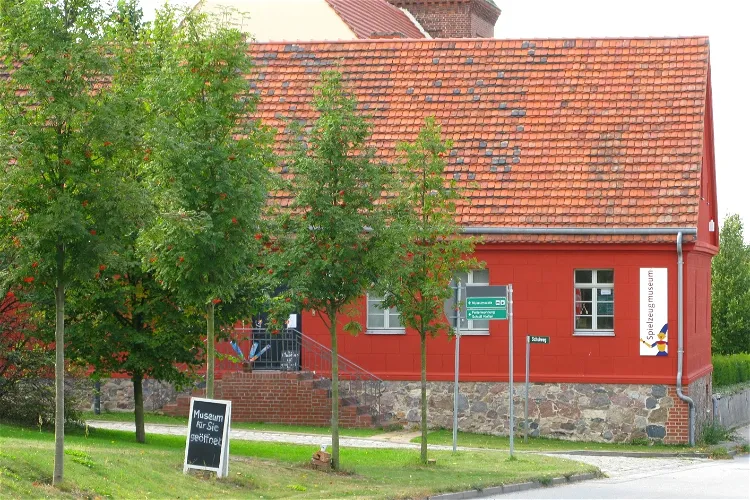
Spielzeugmuseum im Havelland
PotsdamThe Spielzeugmuseum im Havelland, situated in Kleßen, a district of Kleßen-Görne, is a museum that displays a remarkable collection of historical toys. These exhibits serve as a testament to the global influence of the German toy industry. The museum is a great place for visitors who are interested in the history of toys and the evolution of the toy industry in Germany.
Spreewehrmühle
CottbusThe Spreewehrmühle is a historic water mill located in the city of Cottbus, Brandenburg, right next to the Großen Spreewehr and near the branching Hammergraben. This mill is in the district of Saspow, bordering Sandow. Its unique location and historical significance make it an interesting site for tourists.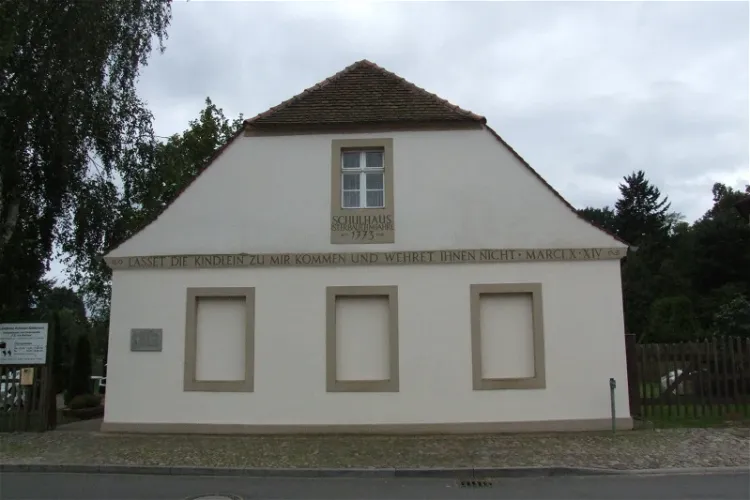
Schulmuseum Reckahn
Kloster LehninThe Schulmuseum Reckahn is located in a schoolhouse that was built in 1773 by Friedrich Eberhard von Rochow. This school was the first two-class village school in Prussia, setting a precedent for future educational institutions across Europe. The museum offers a unique insight into the history of education and the innovative approach taken by Rochow.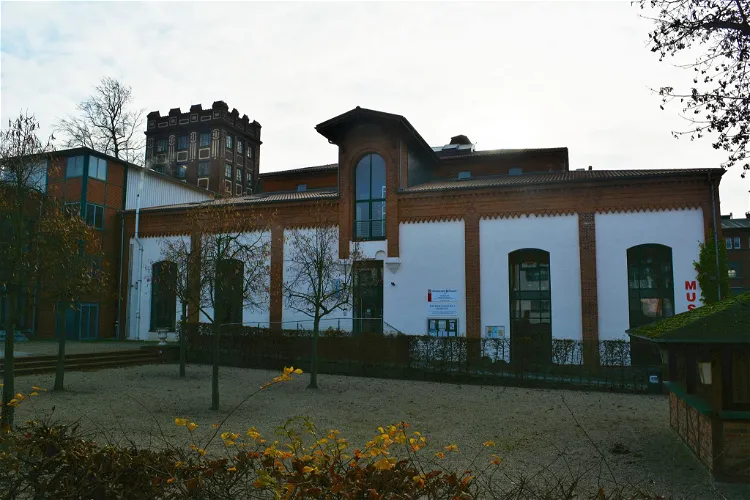
Museumsfabrik Pritzwalk
PritzwalkThe Museumsfabrik Pritzwalk, located in the city of Pritzwalk, is a city and cultural history museum. It was formerly known as the Stadt- und Brauereimuseum from 2002 to 2017. The museum is owned and operated by the city of Pritzwalk, making it an integral part of the city's cultural heritage.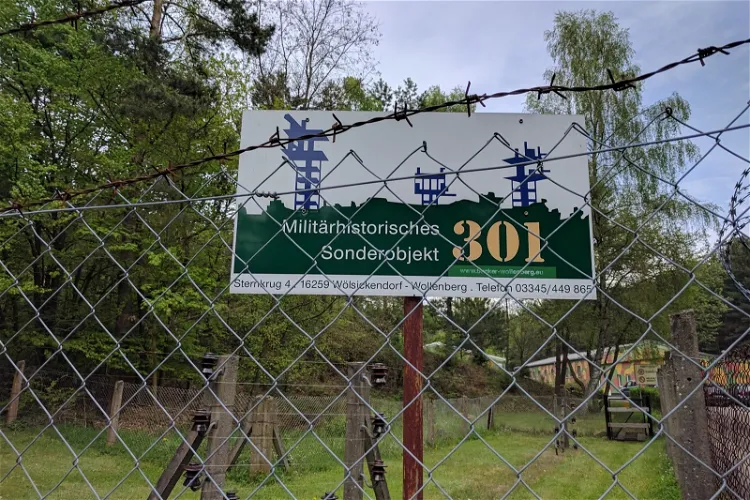
Militärhistorisches Sonderobjekt 301 Wollenberg e.V.
HöhenlandThe Wollenberg Bunker is currently managed by the local association "Militärhistorisches Sonderobjekt 301 Wollenberg e. V.". This group has worked tirelessly to restore the bunker and its surrounding structures, making it accessible to the public. Visitors can now explore the bunker and the reconstructed above-ground objects, providing a unique insight into the bunker's past.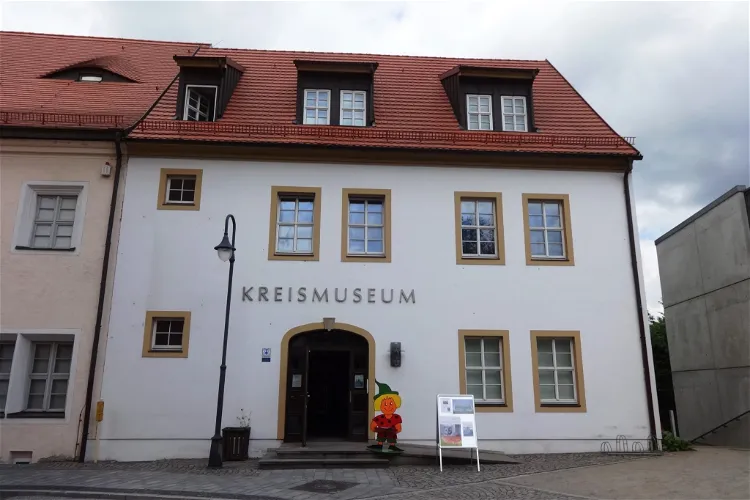
Kreismuseum Bad Liebenwerda
Bad LiebenwerdaThe Kreismuseum Bad Liebenwerda is a museum that showcases the local history of the spa town of Bad Liebenwerda, located in the Elbe-Elster district in the state of Brandenburg. The museum is a member of the Museum Association of the State of Brandenburg, indicating its significance in the region's cultural and historical landscape.- 52
Niederlausitzer Heidemuseum Spremberg
SprembergToday, Spremberg Castle serves multiple purposes. It houses the Niederlausitzer Heidemuseum, which showcases the history and culture of the region. Additionally, it is home to the Music and Art School, and the district library of Spree-Neiße, making it a cultural hub in the region. - 53
Keramikmuseum Rheinsberg
RheinsbergThe Keramikmuseum Rheinsberg is a specialized museum situated in the heart of Rheinsberg, in the district of Ostprignitz-Ruppin, Brandenburg. It is dedicated to showcasing the rich, over 250-year tradition of the Rheinsberg ceramic manufacturers. This museum provides a unique opportunity to delve into the history and craftsmanship of ceramic production in this region.